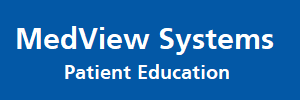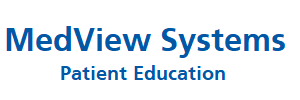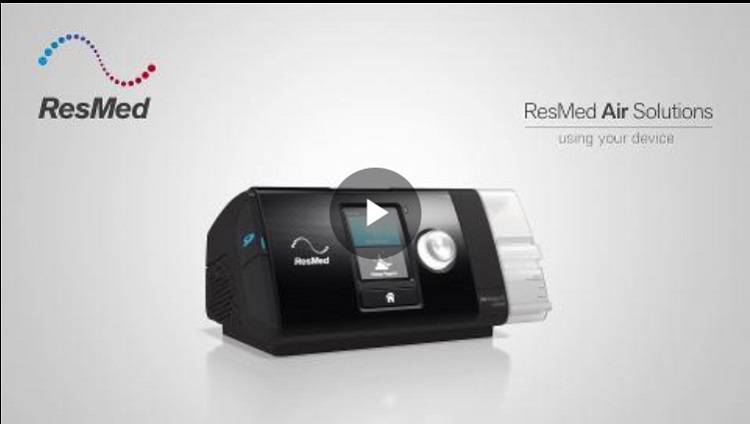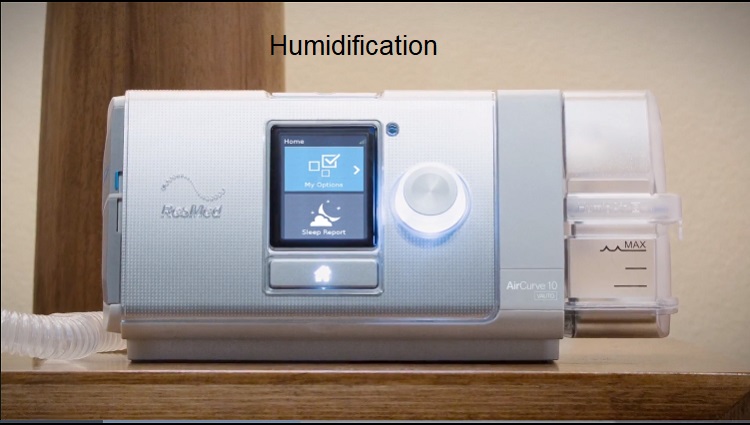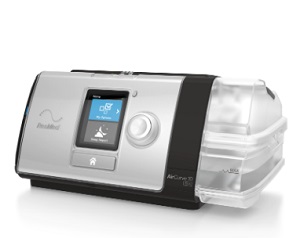
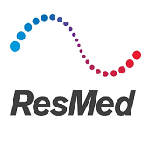
AirCurve™ 10 ST-A non-invasive ventilation
The AirCurve™ 10 ST-A provides effective non-invasive ventilation for patients with respiratory insufficiency such as neuromuscular disease, restrictive lung disorders, severe COPD and hypoventilation syndromes. It features iVAPS (intelligent Volume-Assured Pressure Support), ResMed’s proprietary mode that automatically adapts to each patient’s changing needs, and an intelligent Backup Rate (iBR)* that maximizes their opportunity to breathe spontaneously. The AirCurve 10 ST-A includes both fixed and adjustable alarms for added safety and built-in cellular connectivity to AirView™ for remote monitoring and the ultimate in patient care.
Guidelines
Frequently Asked Question
How does the equipment all fit together?
Your therapy system is most likely made up of a mask, tubing, therapy device and humidifier.
Take a look at your therapy system to see if you can identify all the parts.
Knowing what to do (and what not to do) when setting up your equipment can make all the difference to your treatment.
Here are some tips from ResMed.
Firstly make sure you place your device on a flat, stable surface, where there’s little chance it will get covered by books or clothing.
Place it close enough to you that you can reach the controls while you’re in bed.
Leave plenty of room around the device, and make sure it’s not too close to a wall or heater.
Your care provider or equipment supplier should have shown you how to connect your device and mask. If you’re having any problems, see your product User Guide, which has clear instructions on setting up.
The importance of follow-up care
Once your equipment is set up and you’re comfortable using it, it’s important to follow up on your treatment progress. Staying committed to follow-up care is the best way for you and your healthcare team to monitor your sleep health.
You may find that after some time, your treatment needs have changed, which may mean changing your mask and/or therapy device settings. Following up on your treatment is also a good way for your care provider to see how you’re responding to your specific therapy and adjust it if necessary, so you can continue to get the most out of your treatment.
How often should I go back to my care provider for a checkup?
Some equipment suppliers and care providers have their own follow-up routines, but generally, an annual check-up is needed. If you stop feeling the benefits of treatment even though you’re using your equipment every night, please speak to your care provider as soon as possible.
Traveling with your therapy equipment.
Designed to be lightweight and highly portable, ResMed’s therapy devices and masks will prove to be an easy travel companion, wherever you travel. Due to their universal power supply, most ResMed devices can be used all over the world, in the great outdoors and even on an airplane. This makes traveling with your therapy equipment, relaxed, comfortable and easy. Just the way it should be!
We offer converters for our wide range of products. These converters allow you to use your device from a 12V or 24V DC power source in a car, boat or other vehicle that has a suitable battery. Most of our devices, including our Ventilators, operate with an external battery source, called the ResMed Power Station (RPS) II. It provides backup power in case the mains power fails unexpectedly. So even if you’re in a wheelchair, you now have the freedom to go out more without interrupting your therapy. Our battery guide provides detailed technical information about using your device with an alternate power supply.
Perfect for air travel
Now there’s no reason why your treatment should keep you from flying–and a good night’s sleep! Thanks to the portability and convenience of ResMed’s therapy equipment, the sky is the limit when you want to see more of the world.
Before traveling with your therapy equipment, you should:
At least two weeks prior to traveling, get clearance from the airline to use your device on a flight (if your approval is in the form of a letter, carry a copy with you).
Arrange to sit near a power source on the aircraft.
Confirm the type of power cord or adapter used by the aircraft
Carry a letter from your doctor certifying your need for positive airway pressure therapy.
Take a copy of ResMed’s statement of FAA compliance letter for ResMed devices
Pack the correct adapter for the country you’re traveling to because power outlets differ in each country. Adaptors can be bought from most electronics and travel stores, as well as in airports.
Ensure that there is no water in the humidifier tub before detaching it from the device and packing it away.
Most ResMed devices can automatically adjust for changes in altitude and run on virtually any power supply in the world, with a suitable adapter.
Remember, you can use your device on the plane, but not your humidifier, as aircraft turbulence increases the risk of water spillage and damage to the device.
On arrival at your destination, don’t forget to use distilled or deionized water to fill your humidifier tub.
Your Hotel room may not have a power socket located near the bed head, so pack an extension cord to use your device and mask, comfortably.
The following information should always be within reach:
Your treatment pressure
Your mask type and size
Contact details for your equipment supplier and care provider
Your health insurance information
Your doctor’s details
Travel with sleep apnea FAQ’s
Can my therapy device run from the 400Hz power supply on the aircraft?
Yes. Even though the rating plate on the therapy device specifies
50-60Hz, the switch mode power supply in the flow generator is compatible with the 110 volts 400Hz power supply on the aircraft.
Will I need to have my therapy device adjusted if I travel at high altitudes?
While most of our devices will automatically compensate for higher altitude changes, some lightweight devices may require manual adjustment. If no adjustment is made, it may deliver less effective therapy. Please consult your local care provider for more information.
Will the x-ray scanners at airport security affect my therapy device?
No, the x-ray scanners will not harm your device. However, Security may need to see the medical statement from your physician verifying that you are carrying medical equipment. So keep it handy!
Do I need to take my device with me if I need hospitalization?
Yes. If you’re having surgery, it’s very important that you tell both the surgeon and the anesthesiologist that you have been diagnosed with obstructive sleep apnea (OSA) and are being treated with positive airway pressure therapy.
Similar Items
Trilogy Ventilator 100 – Philips Respironics Alt
Ventilator 100 Trilogy is a device that is designed to provide ventilator Read more...
Covidien Newport HT-70 Ventilator – Medtronics
Newport™ HT70 plus ventilator Combines ruggedness, ease of use and clinical proficiency with Read more...
Mask Selector 2D
Mask Selector 2D Philips Respironics developed Mask Selector 2D that helps deliver Read more...
AirCurve 10 ST-A Non-Invasive Vent
AirCurve™ 10 ST-A non-invasive ventilation The AirCurve™ 10 ST-A provides effective non-invasive Read more...
Trilogy Evo – Portable hospital-to-home ventilator
Trilogy Evo - Portable hospital-to-home ventilator For use in dynamic environments. Read more...
VOCSN Non-invasive Ventilator
VOCSN Ventec Life Systems Ventec Life Systems is defining integrated respiratory care to Read more...
Instructions for Non-invasive Ventilators
Select Instructions for Non-invasive Ventilators The administration of ventilatory support without using an Read more...
AstralTM 100 – Instructions
AstralTM 100 - Instructions Engineered with ResMed’s expertise in respiratory care, every Astral™ device Read more...
Stellar TM 100 – Instructions
Stellar™ 100 ventilator Designed for mobility and portability, the Stellar™ 100 ventilator is ideal for your Read more...
Trilogy 100 Ventilator Instructions
Ventilator 100 Trilogy is a device that is designed to Read more...
Respiratory & Sleep Apnea
Respiratory Devices and Sleep Apnea Therapies Instructions include video demonstrations and Read more...
